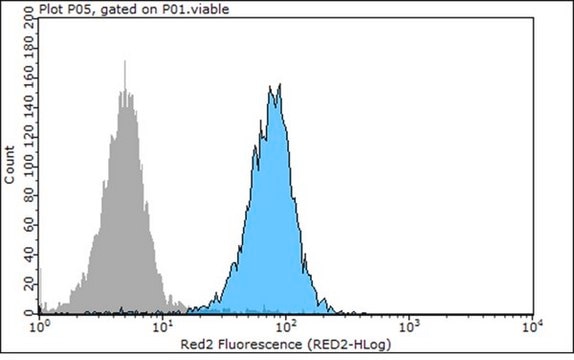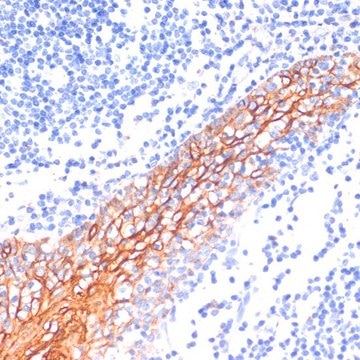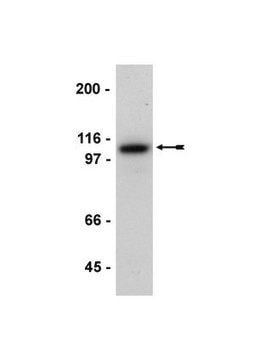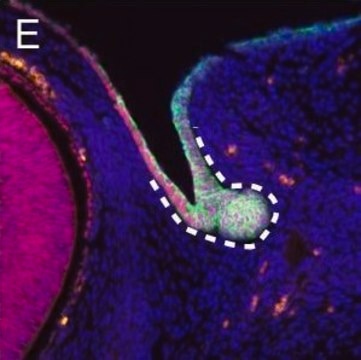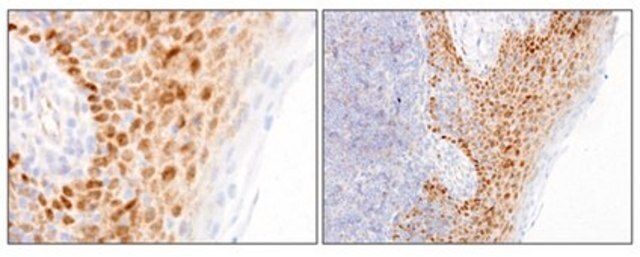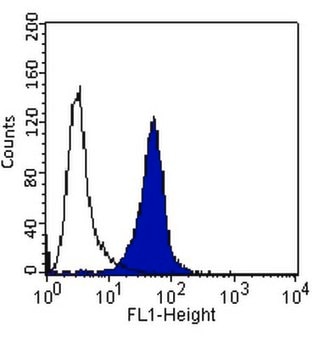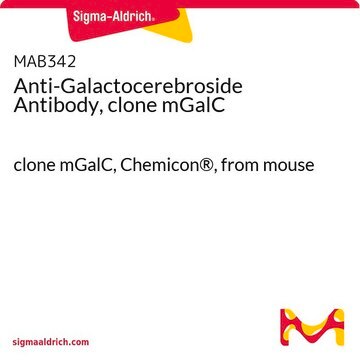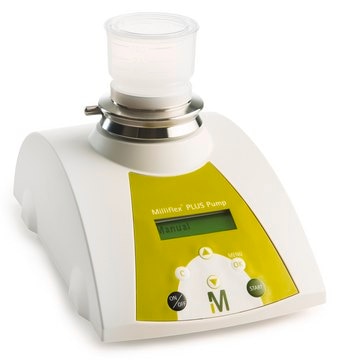MAB3199Z
Anti-E-Cadherin Antibody, clone 67A4, Azide Free
clone 67A4, Chemicon®, from mouse
Synonym(s):
CD324, MAB3199
Sign Into View Organizational & Contract Pricing
All Photos(3)
About This Item
UNSPSC Code:
12352203
eCl@ss:
32160702
NACRES:
NA.41
Recommended Products
biological source
mouse
Quality Level
antibody form
purified immunoglobulin
antibody product type
primary antibodies
clone
67A4, monoclonal
species reactivity
human
packaging
antibody small pack of 25 μg
manufacturer/tradename
Chemicon®
technique(s)
flow cytometry: suitable
immunofluorescence: suitable
isotype
IgG1
NCBI accession no.
UniProt accession no.
shipped in
dry ice
storage temp.
−20°C
target post-translational modification
unmodified
Gene Information
human ... CDH1(999)
Related Categories
Specificity
Antibodies against E-cadherin are suitable to characterize epithelial cells. E-Cadherin is involved in adhesion of epithelial cells (mostly homotypic and homophilic). E-cadherin is also expressed on immature erythroid cells. The antibody 67A4 is suitable to study E cadherin expression by flow cytometry. In addition, it blocks the interaction of E-cadherin molecules and therefore is suitable to study E-cadherin-mediated signal transduction.
Immunogen
T-47D breast carcinoma line.
Application
Anti-E-Cadherin Antibody, clone 67A4, Azide Free is an antibody against E-Cadherin for use in FC & IF.
Immunoblotting
FACS Analysis
Functional blocking of E-cadherin
Does not work well for immunoprecipitation
Optimal working dilutions must be determined by end user.
FACS Analysis
Functional blocking of E-cadherin
Does not work well for immunoprecipitation
Optimal working dilutions must be determined by end user.
Quality
Tested
Physical form
Format: Purified
Liquid in 0.02M PBS with NaCl, pH=7.6, with no preservatives. Protein A purified immunoglobulin.
Other Notes
Concentration: Please refer to the Certificate of Analysis for the lot-specific concentration.
Legal Information
CHEMICON is a registered trademark of Merck KGaA, Darmstadt, Germany
Not finding the right product?
Try our Product Selector Tool.
Certificates of Analysis (COA)
Search for Certificates of Analysis (COA) by entering the products Lot/Batch Number. Lot and Batch Numbers can be found on a product’s label following the words ‘Lot’ or ‘Batch’.
Already Own This Product?
Find documentation for the products that you have recently purchased in the Document Library.
Jean-Hubert D Caberg et al.
Carcinogenesis, 29(7), 1441-1447 (2008-06-21)
Human papillomavirus (HPV) infection, particularly type 16, is causally associated with cancer of the uterine cervix. The persistence or progression of cervical lesions suggests that viral antigens are not adequately presented to the immune system. This hypothesis is reinforced by
The use of an in vitro 3D melanoma model to predict in vivo plasmid transfection using electroporation.
Marrero, B; Heller, R
Biomaterials null
Snjezana Kutlesa et al.
Journal of cell science, 115(Pt 23), 4505-4515 (2002-11-05)
Cadherins are a family of cell adhesion molecules that mainly mediate homotypic homophilic interactions, but for E-cadherin, heterophilic interactions with the integrin alpha(E)(CD103)beta(7) have also been reported. In the human thymus, where thymocytes develop in close contact with thymic stromal
The adhesion molecule E-cadherin and a surface antigen recognized by the antibody 9C4 are selectively expressed on erythroid cells of defined maturational stages.
Buhring, H J, et al.
Leukemia, 10, 106-116 (1996)
Ceri E Stewart et al.
Journal of allergy, 2012, 943982-943982 (2012-01-31)
The aim of the current study was to evaluate primary (human bronchial epithelial cells, HBEC) and non-primary (Calu-3, BEAS-2B, BEAS-2B R1) bronchial epithelial cell culture systems as air-liquid interface- (ALI-) differentiated models for asthma research. Ability to differentiate into goblet
Our team of scientists has experience in all areas of research including Life Science, Material Science, Chemical Synthesis, Chromatography, Analytical and many others.
Contact Technical Service